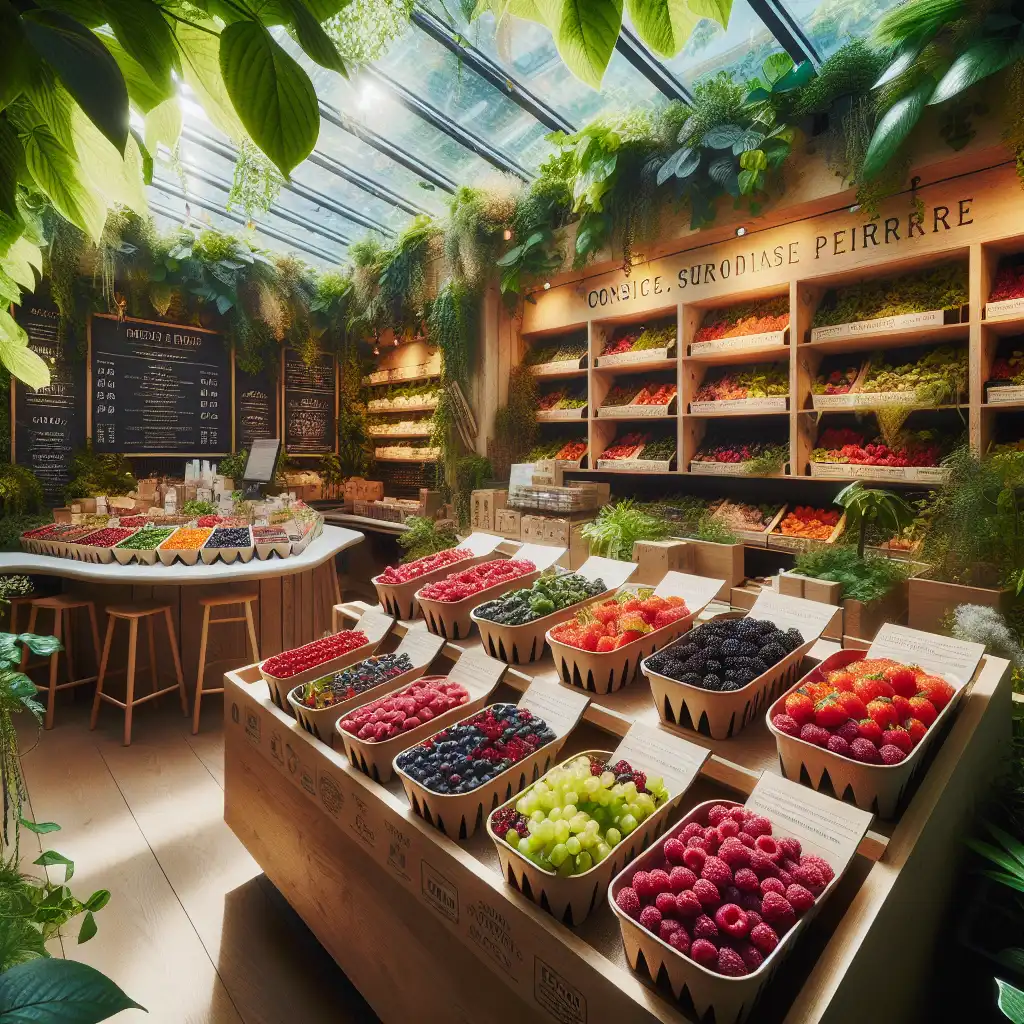
Punnet
Specific Quantity
A 'punnet' usually refers to a small, fixed amount rather than a large or variable quantity of produce.  Could you grab a punnet of cherries for the picnic?
Could you grab a punnet of cherries for the picnic?
Market Language
The word 'punnet' is often used in the context of markets and grocery stores where fresh produce is sold.  The fruit stall had punnets of raspberries on sale today.
The fruit stall had punnets of raspberries on sale today.
Material Implied
Punnets are typically made of plastic or cardboard, designed to protect the contents.  The eco-friendly shop uses cardboard punnets for their berries.
The eco-friendly shop uses cardboard punnets for their berries.